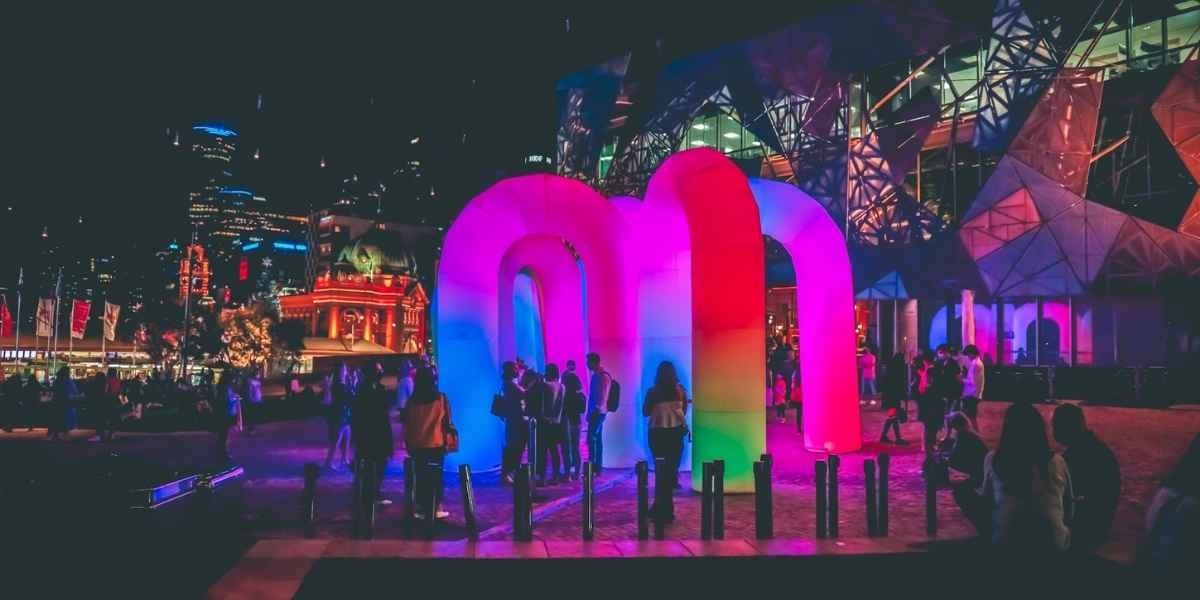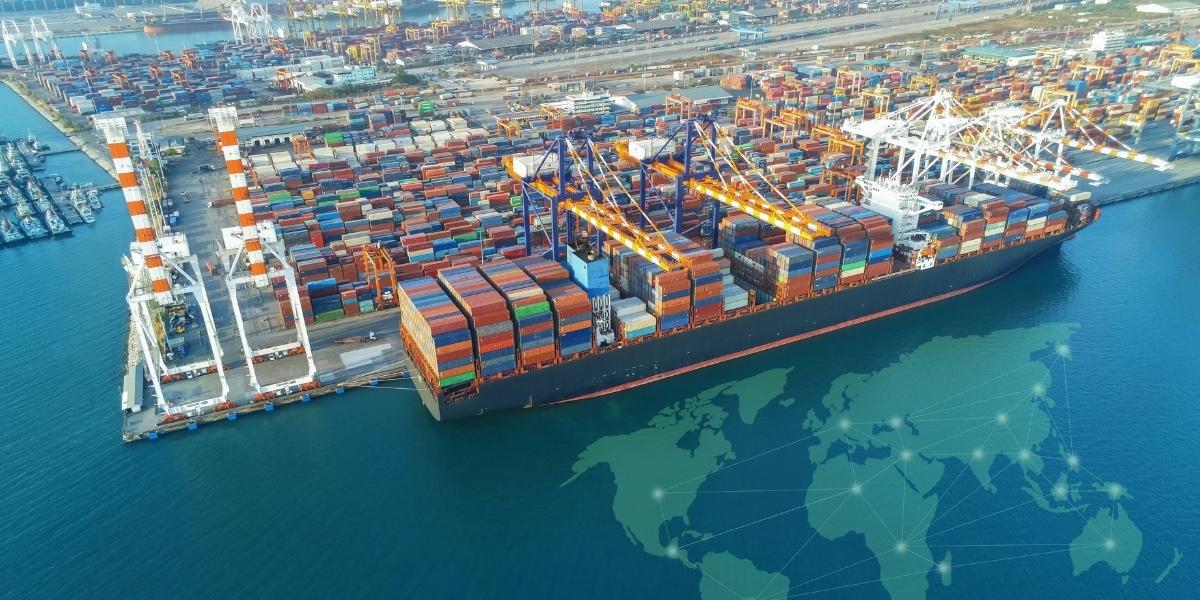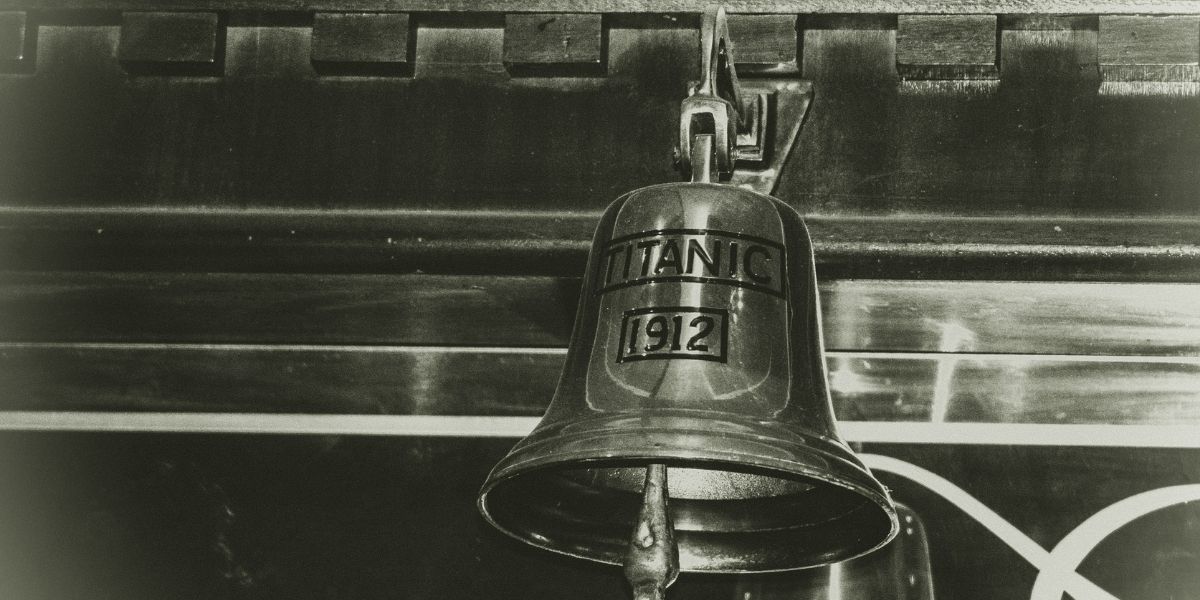Public spaces transform when art becomes a shared experience. Public art projects do more than decorate urban landscapes—they create conversations, foster local pride, and bring people together. From murals that celebrate cultural heritage to interactive installations that invite participation, art in shared spaces strengthens the connection between individuals and their surroundings.
Read Also: Cultivating the Entrepreneurial Mindset for Business and Life Success
How Do Public Art Projects Strengthen Community Bonds?
A blank wall becomes a storytelling canvas. A park sculpture turns into a landmark. Public art fosters a sense of belonging by giving residents a shared visual identity. When communities participate in the creative process, whether through local artist collaborations or interactive exhibits, they feel a deeper attachment to their environment.
Art installations encourage conversations that extend beyond aesthetics. They serve as social bridges, bringing people of different backgrounds together to appreciate, interpret, and engage with the work. When residents recognize familiar symbols, historical figures, or cultural themes in public art, it reinforces a collective memory that strengthens community bonds.
Can Public Art Drive Social Change?
Beyond beautification, public art has the power to challenge perceptions and inspire action. Murals addressing social issues, sculptures reflecting environmental concerns, or installations highlighting historical injustices encourage critical dialogue. These projects provide a platform for marginalized voices and give communities a space to express shared concerns.
Artists often collaborate with local organizations to create projects that address specific challenges. Whether tackling urban renewal, advocating for inclusivity, or sparking conversations about mental health, public art becomes a tool for awareness and activism.
Why Is Public Art Important for Local Identity?
Each city, town, or neighborhood carries a unique cultural and historical narrative. Public art helps preserve and celebrate local heritage by visually narrating stories that might otherwise fade with time. Festivals, murals, and installations showcasing traditional motifs allow residents to take pride in their roots while offering visitors a deeper connection to the community.
Street art, sculptures, and performances become symbols of identity, making a place recognizable and distinct. These works often become gathering points, landmarks, and cultural touchstones that enhance the character of a city or town.
How Does Public Art Influence Urban Development?
Public art projects contribute to economic and cultural revitalization. Murals turn forgotten alleys into vibrant destinations, sculptures attract tourism, and creative placemaking efforts encourage local businesses to thrive. A well-placed installation can bring new energy to an underutilized area, attracting foot traffic and investment.
Developers and city planners increasingly incorporate art into urban projects, recognizing its impact on livability. A city with a strong public art presence becomes more attractive to residents and visitors, enhancing its reputation as a cultural hub.
What Role Does Community Participation Play in Public Art?
Art gains greater meaning when people feel involved in its creation. Community engagement in public art projects can take many forms—workshops, collaborative painting efforts, or interactive installations that evolve over time. These initiatives turn passive observers into active contributors, strengthening civic pride and deepening connections between people and places.
Read Also: A Vibrant Journey Through Little Haiti: Exploring Miami’s Cultural Gem
When artists engage with the community during the creative process, the result reflects shared values and collective experiences. Public art becomes a mirror of the community, representing diverse voices and perspectives in a way that resonates with everyone.
Published by Drake M.








